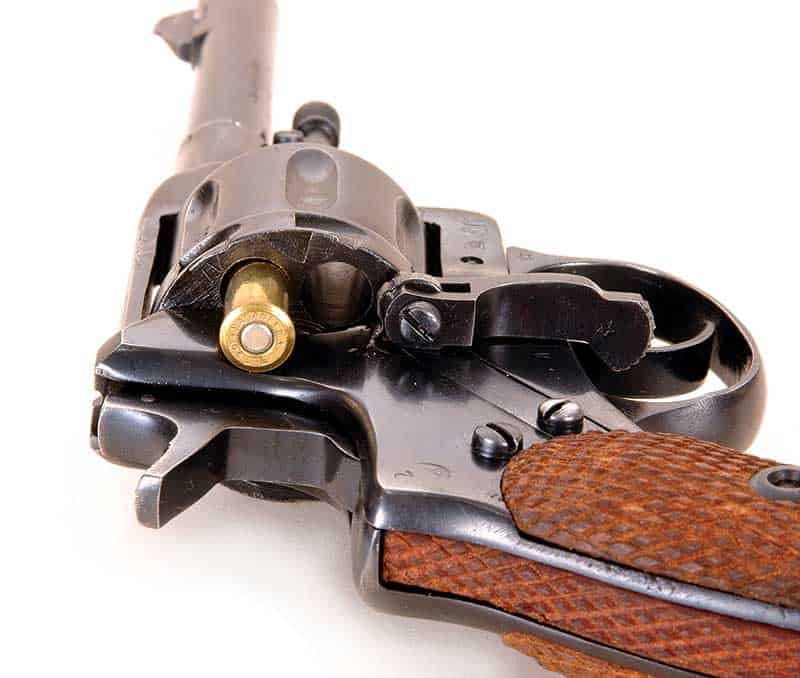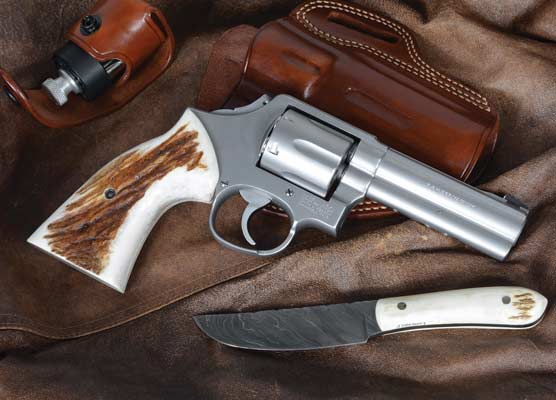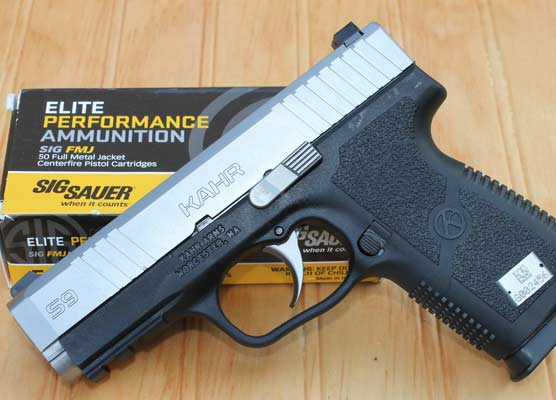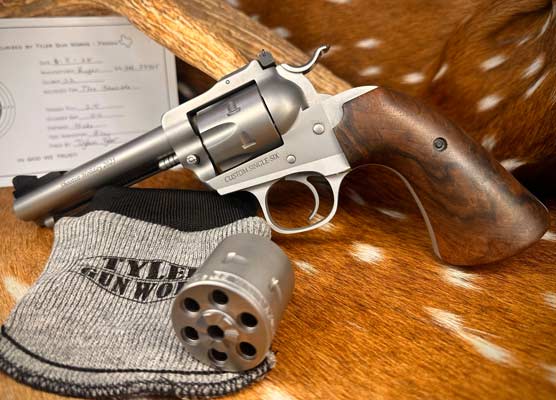That Gnarly Nagant But Why?
After writing my article on World War II handguns a few months back a few readers questioned why the Russian Model 1895 7.62mm Nagant revolver was left out. The reason was because it is a silly little excuse for a revolver! Do you ever wonder why someone invents a widget that is decidedly inferior to somebody else’s already existent widget? The only emotion I can dredge up about a Model 1895 Nagant is, “why?” By 1895, revolvers of superior design had been around for decades. Of course the vast majority of these were the products of American brains and factories. Regardless, a Belgian named Leon Nagant set about dreaming up an excellent solution to a non-existent problem.
For some reason Mr. Nagant felt that gas leaking between the barrel/cylinder gap of revolvers was a big detriment to their performance. So he figured out a complex revolver system where the cylinder was cammed forward every time it was rotated so its chambers actually fit over the butt end of the barrel. That prevented gas leakage. So naturally to cope with that sort of operation the ammunition had to be special. Bullets had to be seated deep in the cartridge case. Not flush with the case mouth like today’s full wadcutter target ammunition but deep as the photo shows.
Then the case mouth had to be crimped inward over the bullet so it too could fit inside the rear of the barrel. For that reason the cases had to be made long, as were the firing pins that had to reach way-forward because that’s where the cylinder had gone when the hammer was cocked.
All that machining, fitting, and special ammunition manufacture allowed the 98 grain 7.62mm Nagant bullet to be propelled all of about 1,000 fps. Now hold that thought for a moment. By 1895, it was well known that although a revolver leaked a bit of gas through the barrel/cylinder gap it was really not a big deal. Everything still worked fine. Rounds like the .45 Colt or .45 S&W or .44 S&W Russian shot big bullets at about 750 to 900 fps and were noted man-stoppers.
Sissies
Evidently the entire world’s military forces back in the 1890s were hit with a plague of “pantywaist-ism.” In 1892 America adopted the puny .38 Colt, which shot a 150 grain bullet at about 725 fps. It became famous for getting people killed — not the people being shot but the shooter himself because then the “shootee” really got mad and hacked him up with something sharp. The Brits at least stuck with a big .455 Webley using a 260 grain bullet, but had it moving along at a lazy 600 fps.
By 1895 both Colt and S&W made revolvers that automatically dumped all cartridges either when opened (S&W) or with a single stroke of an ejector rod after the side-swing cylinder was opened (Colt). The Smith & Wesson line of revolvers also had single actions offering simultaneous cartridge ejection. The Model 1895 Nagant still loaded through a gate on the frame’s right side but to eject the empty cases an ejector rod system had to be rotated to come in line with the chambers. I would guess the Nagant revolver was made a seven-shooter to compensate for all that rigmarole. It was made in both single and double action versions.
Now here’s the ironic part. The major user of the Nagant revolver was Russia and later the Soviet Union. In fact they kept it in at least partial service until 1947. Why is that ironic? Because in the 1870s Russia bought several hundred thousand beautiful quality Smith & Wesson Model #3 top break .44 Russian caliber revolvers. In other words they had far better revolvers already in hand when they adopted the Nagant. They couldn’t even use “national pride” as an excuse for adopting a crummy design because it wasn’t theirs anyway. At least they got license to manufacture it at their own Tula Arsenal. And here’s an interesting little tidbit — Russian officers got the double action version but enlisted men were issued single action ones.
In all honesty I’ve only fired one Model 1895 Nagant belonging to a friend, a double action one. That was enough. Its double action trigger pull was awful and its single action pull wasn’t so great either. I popped one round of Fiocchi factory loads at a surplus U.S. Army steel helmet on a fence post from about 20 feet. It barely wobbled it and hardly left a dent. Being a lifelong handgun enthusiast, when holding the Nagant revolver I thank my lucky stars I was born American!
Subscribe To American Handgunner

Get More Revolver Content Every Week!
Sign up for the Wheelgun Wednesday newsletter here:







